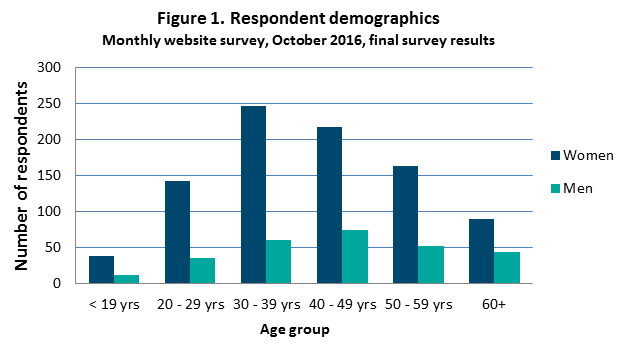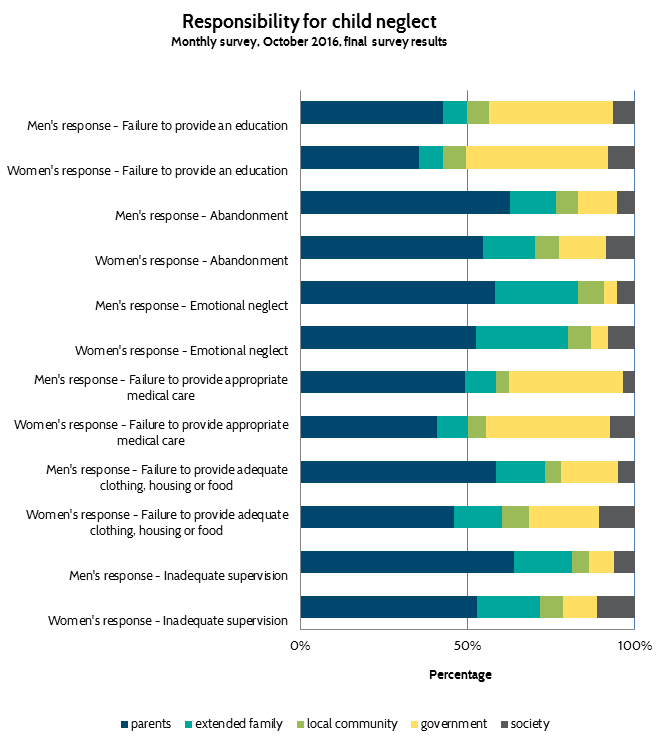Introduction
Child abuse is commonly understood to include physical, sexual, or psychological mistreatment of a child or young person, especially by a parent or other caregiver such as a foster or grandparent carer. However, child abuse can also include neglect by a parent or other caregiver that results in actual or potential harm to a child. Child neglect can occur across a spectrum of behaviours including:
- inadequate supervision, leading to the risk of physical harm or injury;
- failure to provide adequate clothing, housing or food;
- failure to provide appropriate medical care;
- emotional neglect, such as lack of caregiver warmth, encouragement and support;
- abandonment, including leaving a child alone or not providing age-appropriate care; and
- failure to provide an education and/or the tools required to participate in the education system.
In recent years there have been consistent and alarming increases in the reported levels of child neglect and abuse in Australia. The largest increases have occurred in reports of emotional neglect, with the rate of other types of child neglect and abuse remaining steady between 2010-11 and 2014-15.
In seeking to identify how visitors to our website attribute accountability for different elements of child neglect, Relationships Australia’s October 2016 online survey asked respondents to tell us who they considered had the most responsibility for supporting children or young people affected by a range of types of neglect by a parent or other caregiver.
Previous research finds that…
- In 2014-15, of the total number of notifications (320,000), around 152,000 cases (involving more than 107,000 children) of child abuse were investigated or were in the process of being investigated.
- Of these investigations, more than 56,400 cases were substantiated.
- Neglect was the second most common type of child maltreatment (25.9% of all substantiations)
- Victoria had the smallest proportion of child neglect cases (4.4% of all substantiations), whereas in all other jurisdictions substantiated cases of reported child neglect ranged from 31.3% in Western Australia to 42.4% in the Northern Territory.
Survey Results Analysis
Just under 1250 people responded to the Relationships Australia online survey in October 2016, with more than three-quarters of survey respondents (76%) identifying as female.
As was the case for last month’s survey, more females than males responded in every age group (see figure 1). Eighty-three per cent of survey respondents were aged between 20‑59 years, with 40 per cent of responses contributed by women aged between 30-49 years (inclusive).
The demographic profile of survey respondents remains consistent with our experience of the groups of people that would be accessing the Relationships Australia website.

Both men and women were more likely to attribute responsibility to parents for child neglect that included inadequate supervision, leading to risk of harm; abandonment, including leaving a child alone or not providing age-appropriate care; and emotional neglect, such as lack of caregiver warmth, encouragement and support.
There were small but significant differences between the responses of men and women when they were asked whether they thought parents, extended family, the local community, government or society had responsibility for supporting children affected by different types of child neglect. Men were more likely than women to attribute higher levels of responsibility for child neglect to parents on each of the elements of child neglect examined in the survey (see figure 2).
A significant minority of men and women reported that responsibility for education (41%) and medical care (36%) was the responsibility of government. Women (43%) were more likely than men (37%) to report that failure to provide an education and/or the tools required to participate in the education system was the responsibility of government, while women (35%) were less likely than men (43%) to report that they considered failure to provide an education was the responsibility of the parents.
A significant minority of men (28%) and women (25%) considered responsibility for child maltreatment that included emotional neglect was the responsibility of extended family. Only a small proportion of survey respondents considered that supporting children affected by child neglect to be the responsibility of the local community.

References
Australian Institute of Health and Welfare. (2016). Child protection Australia 2014-15. Canberra: AIHW.
Child abuse and neglect statistics, CFCA Resource Sheet— October 2016 available at https://aifs.gov.au/cfca/publications/child-abuse-and-neglect-statistics
National Framework for Protecting Australia’s Children 2009–2020, available at https://www.dss.gov.au/our-responsibilities/families-and-children/publications-articles/protecting-children-is-everyones-business
Second three-year action plan
